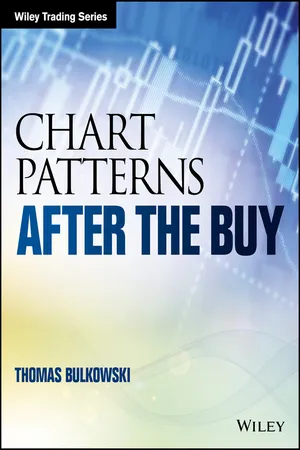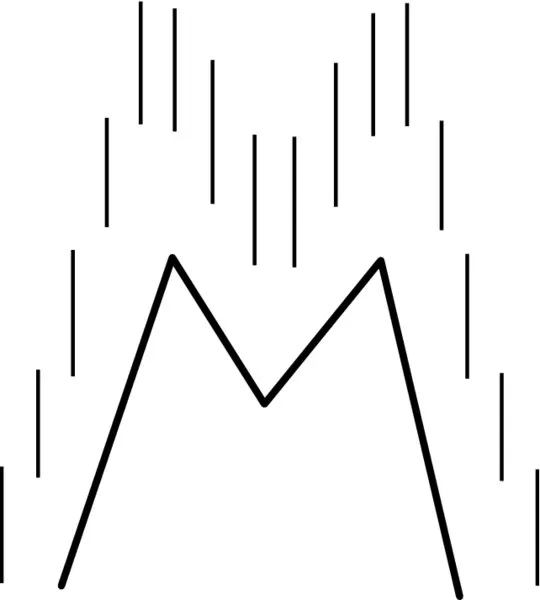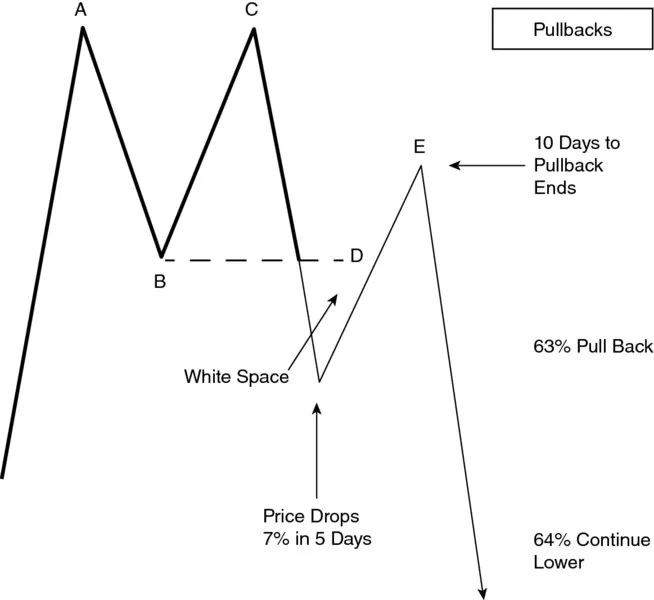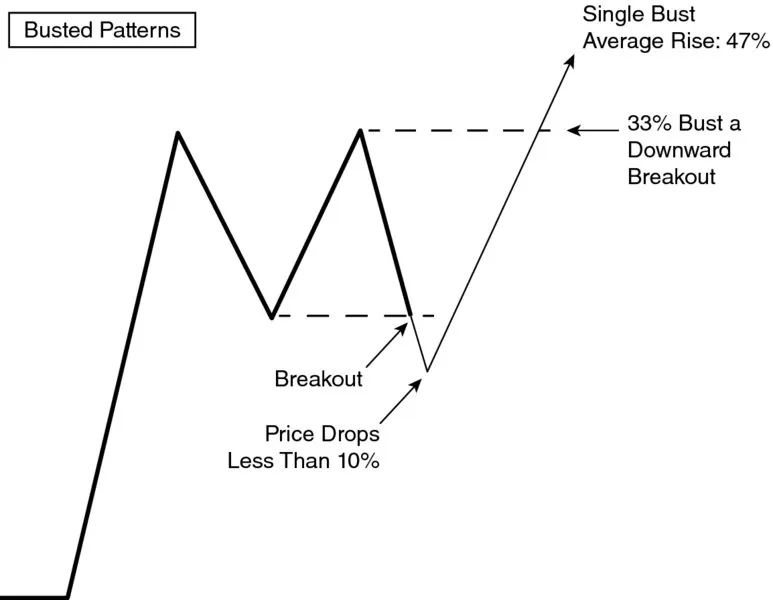
- English
- ePUB (mobile friendly)
- Available on iOS & Android
About this book
Take chart patterns beyond buy triggers to increase profits and make better trades
Chart Patterns: After the Buy goes beyond simple chart pattern identification to show what comes next. Author and stock trader Thomas Bulkowski is one of the industry's most respected authorities in technical analysis; for this book, he examined over 43, 000 chart patterns to discover what happens after you buy the stock. His findings are detailed here, to help you select better buy signals, avoid disaster, and make more money.
Bulkowski analyzed thousands of trades to identify common paths a stock takes after the breakout from a chart pattern. By combining those paths, he discovered the typical routes a stock takes, which he calls configurations. Match your chart to one of those configurations and you will know, before you buy, how your trade will likely perform. Now you can avoid potentially disastrous trades to focus on the big winners.
Each chapter illustrates the behavior of a specific pattern. Identification guidelines help even beginners recognize common patterns, and expert analysis sheds light on the period of the stock's behavior that actually affects your investment. You'll discover ideal buy and sell setups, how to set price targets, and more, with almost 370 charts and illustrations to guide you each step of the way. Coverage includes the most common and popular patterns, but also the lesser-known ones like bad earnings surprises, price mirrors, price mountains, and straight-line runs. Whether you're new to chart patterns or an experienced professional, this book provides the insight you need to select better trades.
- Identify chart patterns
- Select better buy signals
- Predict future behavior
- Learn the best stop locations
Knowing the pattern is one thing, but knowing how often a stop will trigger and how often you can expect a stock to reach its target price is another matter entirely—and it impacts your trade performance immensely. Chart Patterns: After the Buy is the essential reference guide to using chart patterns effectively throughout the entire life of the trade.
Frequently asked questions
- Essential is ideal for learners and professionals who enjoy exploring a wide range of subjects. Access the Essential Library with 800,000+ trusted titles and best-sellers across business, personal growth, and the humanities. Includes unlimited reading time and Standard Read Aloud voice.
- Complete: Perfect for advanced learners and researchers needing full, unrestricted access. Unlock 1.4M+ books across hundreds of subjects, including academic and specialized titles. The Complete Plan also includes advanced features like Premium Read Aloud and Research Assistant.
Please note we cannot support devices running on iOS 13 and Android 7 or earlier. Learn more about using the app.
Information
CHAPTER 1
Big M

■ Behavior at a Glance

- After a big M, the stock returns to the launch price 60% of the time.
Pullbacks

- A pullback occurs 63% of the time and price continues lower 64% of the time.
Busted Tops

- Big Ms bust 33% of the time.
■ Identification

Table of contents
- Cover
- Series
- Title page
- Copyright
- Dedication
- Preface
- Acknowledgments
- About the Author
- Chapter 1 Big M
- Chapter 2 Big W
- Chapter 3 Broadening Bottoms
- Chapter 4 Broadening Tops
- Chapter 5 Double Bottoms
- Chapter 6 Double Tops
- Chapter 7 Earnings Miss
- Chapter 8 Flags and Pennants
- Chapter 9 Head-and-Shoulders Bottoms
- Chapter 10 Head-and-Shoulders Tops
- Chapter 11 Measured Move Down
- Chapter 12 Measured Move Up
- Chapter 13 Price Mirrors
- Chapter 14 Price Mountains
- Chapter 15 Rectangles
- Chapter 16 Reversals and Continuations
- Chapter 17 Straight-Line Run Down
- Chapter 18 Straight-Line Run Up
- Chapter 19 Tops and Bottoms
- Chapter 20 Trends and Countertrends
- Chapter 21 Triangle Apex and Turning Points
- Chapter 22 Triangles, Ascending
- Chapter 23 Triangles, Descending
- Chapter 24 Triangles, Symmetrical
- Chapter 25 Vertical Run Down
- Chapter 26 Vertical Run Up
- Glossary
- Index
- EULA